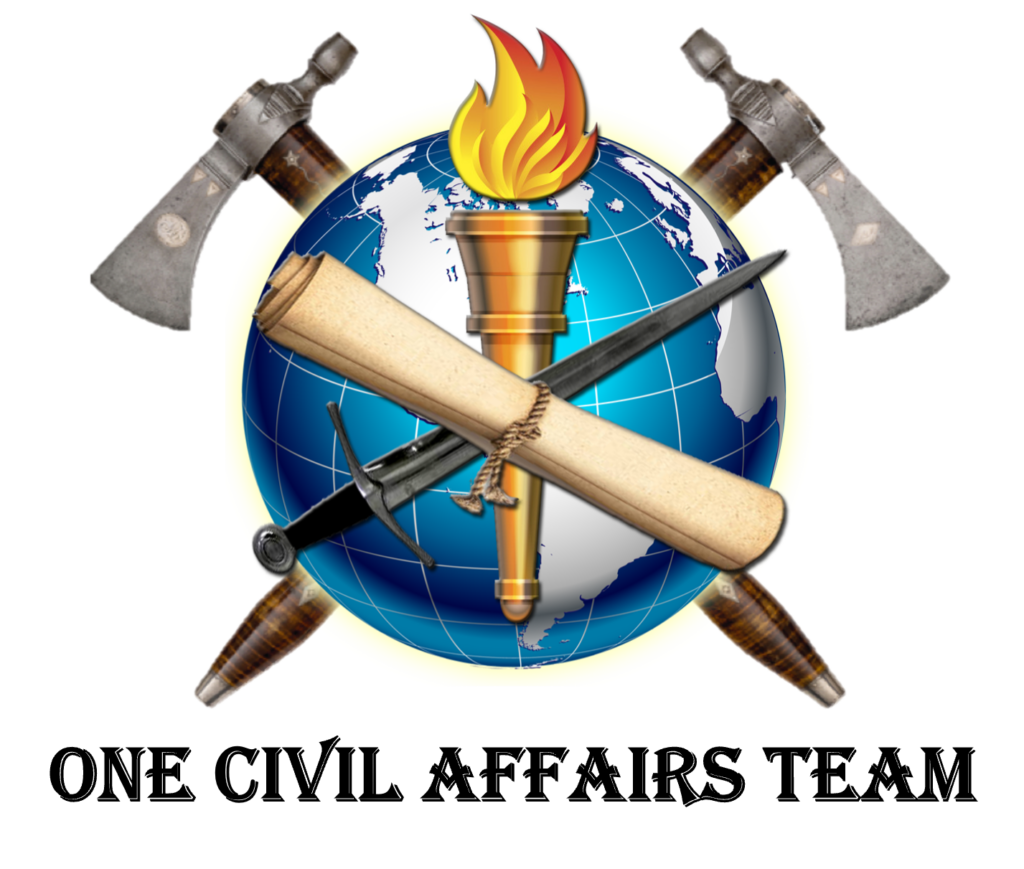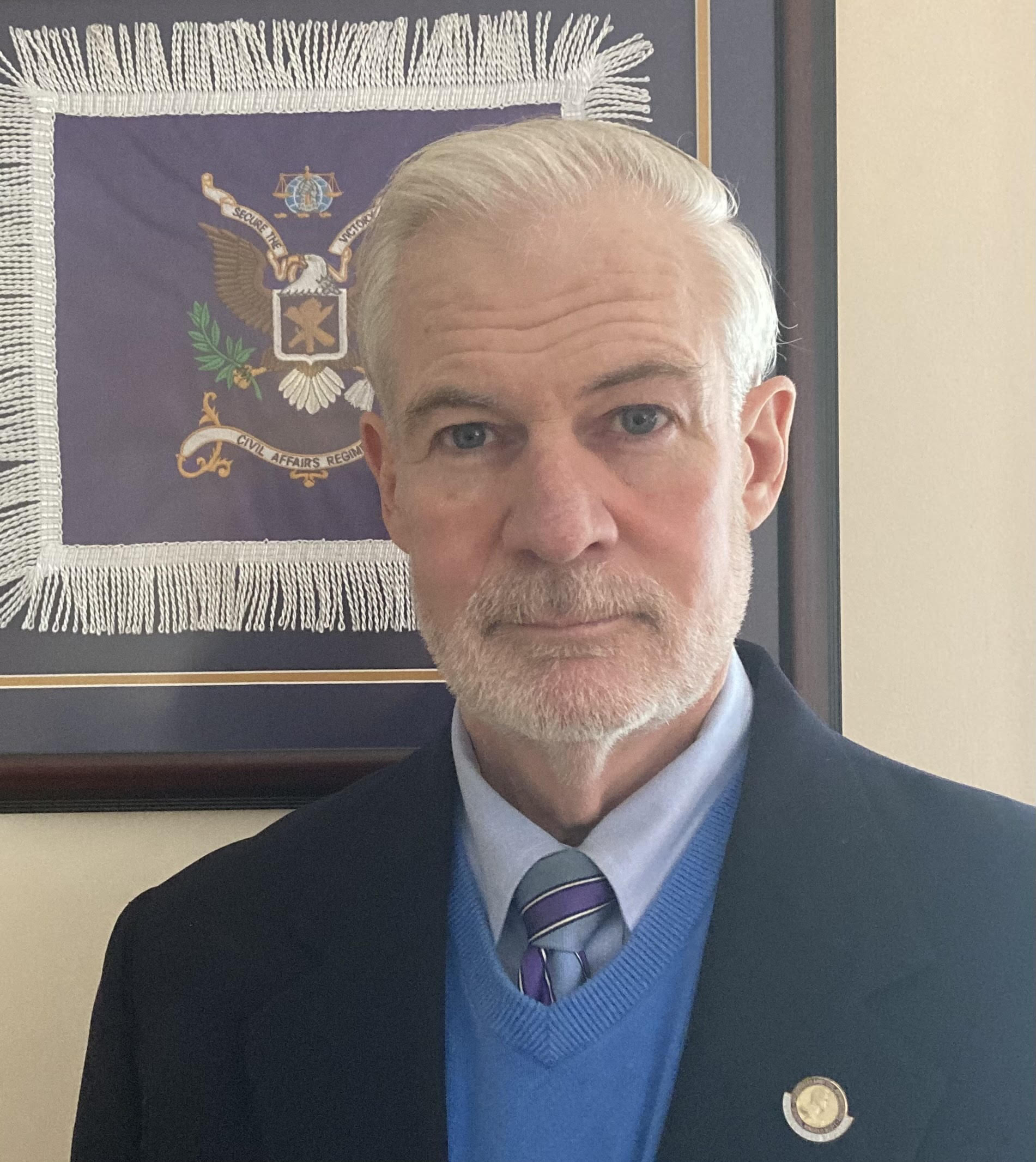5-minute read
The Berlin Wall came down.
On November 9, 1989, the people of Berlin breached and ultimately tore down the wall that had divided their city since 1961. I had been stationed in Schweinfurt, West Germany, since June of that year. A few days earlier, units of the 1st Brigade, 3rd Infantry Division (3ID), conducted what would be our last reconnaissance of wartime positions in our local dispersal area (LDA). As the battalion fire support officer for 2nd Battalion, 64th Armor, I remember watching, along with the rest of the staff, many Trabant vehicles drive past our position as their East German occupants happily waved and honked their horns. They had reached their destination after taking advantage of relaxed border crossing policies that allowed them to travel from East Germany, through Czechoslovakia, and into West Germany, not far from our LDA.
My wife and daughter had just arrived in West Germany on November 5th. Despite the changes in world events, we would stay in Germany for a full three-year tour. During that time, I served as an armor battalion fire support officer, an artillery battalion maintenance officer, Headquarters and Headquarters Battery commander, and assistant battalion S-3 – all typical positions that create a well-rounded and branch-qualified field artillery captain. I spent about half my tour in the field at Grafenwoehr Training Area and Hohenfels Training Area, and after battery command, I attended the Combined Arms Service Staff School (CAS3) at Fort Leavenworth, KS, from October to December 1991.
As is the case today, commissioned officer professional development and career management included the option of working in a functional area – a technical specialty that typically requires specialized training, education, or experience. Based on the needs of the Army, functional areas fill key roles in formations and staff positions across the Army, such as public affairs officers, strategists, and operations research/systems analysts (ORSAs). Officers choose their functional areas after completing Captain-level basic branch qualification assignments, usually between their fifth and sixth years of active federal service.
Getting back to special operations.
In 1991, I was in my seventh year of service and a bit behind my peers in choosing a functional area. When I was given the chance to select, I reviewed the options and, with fond memories of my time in 1st Ranger Battalion, I realized that one functional area assured me a path back into the special operations community.
I signed up for functional area 39, which included two distinct areas of concentration (AOC): 39B (psychological operations, or PSYOP) and 39C (civil affairs, or CA). Training for either AOC involved a six-week CA or PSYOP Officer Course (CAOC or POOC), a 16-week Regional Studies Course (RSC), a language program offering a variety of languages, and the possibility of advanced civil education, such as the opportunity to earn a master’s degree in international relations. The training program was provided by the United States Army John F. Kennedy Special Warfare Center and School (USAJFKSWCS) at Fort Bragg, NC, and many of the functional area 39 positions were within units assigned to the United States Army Special Operations Command (USASOC).
As I mentioned in a previous blog, my past training and experience provided little exposure to civil affairs. While at CAS3, I met with the FA 39 assignments officer, who explained what being a civil affairs officer entails. He gave me a copy of the latest FA 39 Newsletter from July 1991. Inside, there was a section titled “Functional Area Status” that included an interesting chart showing a total inventory of 717 officers, from captain through colonel, versus a requirement of 273 positions assigned to the 96th Civil Affairs Battalion (Airborne), the 4th Psychological Operations Group (Airborne), USAJFKSWCS, and various Army commands. Presumably, most of these officers were back in their basic branches or in branch-immaterial positions. The paragraph outlined several solutions to address the imbalance between the inventory and requirements, including changes for the 39C portion of the functional area—specifically, standards of grade for “G5/S5/ACofS Civil Affairs officers in TDA General Officer and Colonel commands. It calls for a CA BG at the GEN command, COL at the LTG command, LTC at the MG and BG command, and MAJ at the COL command.” This seemed promising for those wishing to advance within the functional area.
Getting orders.
The orders for my permanent change of station (PCS) to Fort Bragg, NC, were issued on 30 March 1992. I was assigned to USASOC with a date of expected return from overseas (DEROS) of 11 June 1992 and a reporting date of 1 July 1992. On 8 April 1992, the orders were amended to read “Officer will attend the following course TDY Enroute to USASOC. Officer will attend the Civil Affairs Course 92-02 from 12 July 92 to 20 August 1992. Officer will be assigned to the 3rd Bn, 1st SPWAR [aka, 1st Special Warfare Training Group] for training. Officer is authorized to enroll in next available foreign language at Fort Bragg, North Carolina. Officer’s projected gaining unit is to the 96th CAB.”
With that, I was on my way to becoming a civil affairs officer.
Question for our teammates: Why did you become a CA officer or NCO?
Send a note to the Civil Affairs Team Room.
Subscribe for updates to the Civil Affairs Team Room Blog

